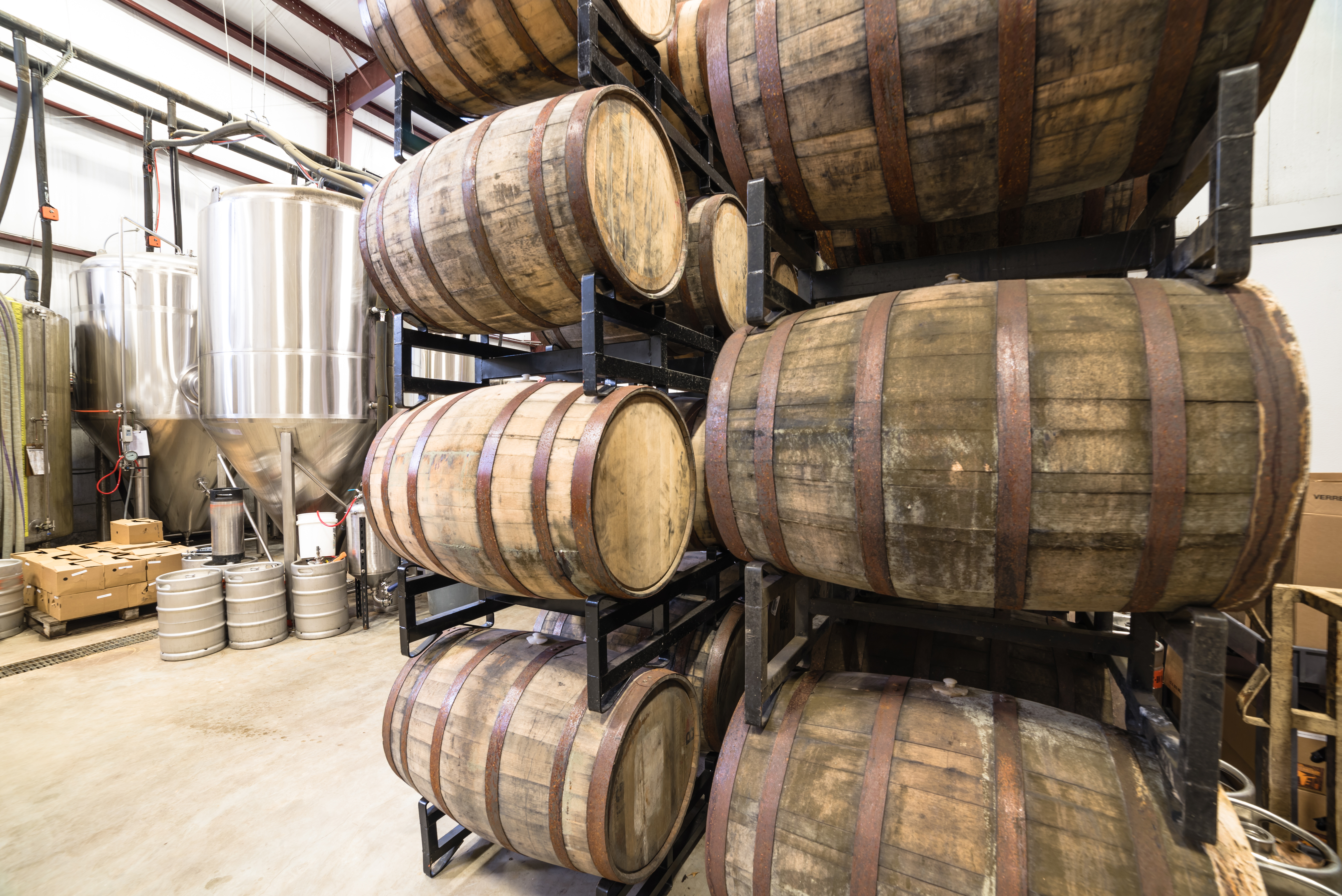If you’ve ever purchased wine in a restaurant or wine shop where a Sales Associate was in tow, I’m sure you’ve heard time and time again the mention of oak aged or stainless steel aged in regard to the wines. American oak, French oak, Hungarian oak, stainless steel, concrete, new, neutral, 30% of one and 70% of another…. But what does it really mean? And what is it doing for my wine? At the most basic level, aging wines in oak impart hard spice aromas into the wines – nutmeg, allspice, clove, cinnamon, vanilla, as well as, caramel & toffee notes on the palate. Stainless steel allows the wines to ferment and age without any additional nuances – you get the truest expression of the grape.
To clear the easiest part of the oaks conversation up front, we will go over Hungarian oak vs. French oak. They are the same type of tree. It is common place for winemakers to use Hungarian oak to save a few bucks and still deliver similar qualities in their vintages as if they used the more expensive, industry standard, French oak. It is a decision made by the wine maker to place good juice in your hands at a more affordable price without sacrificing too much quality.
Now to tackle the beast: French vs. American oak. At the most basic level French oak is more subtle and spicy giving smooth, silky texture. American oak is bolder with a creamy texture lending vanilla and coconut notes to the wines. French oak is, as previously stated, more expensive. There are good reasons for this though. Higher wood tannins and a narrower grain make these barrels fetch a much higher price and these barrels are considered the industry standard. American oak on the other hand has more impact on the final product by imparting vanilla notes and can sweeten up the palate a bit. Think: classic California Chardonnays – creamy and toasty with hints of vanilla.
All oaks (or any wood barrels), are by their nature porous, so a level of evaporation will occur. This is a desired effect much in the same vein as a chef reducing a vinegar to sweeten and concentrate it while making the aromatics less pungent, or a sauce to concentrate and hone the flavors while intensifying its aromatics.
Oak barrels are reusable (with a bit of difficult cleaning – i.e. scratch it while cleaning, wine seeps in, that wine effects the next batch of wine aged in the barrel, usually to an undesired effect), and with each use impart less of their characteristics. You may hear about 2nd pass (2nd use of the barrel) or 3rd pass barrels. What is being stated is how much the flavor imparting has started softening, all the way down to “neutral” where the imparted oak facets are minimized after the 3rd use (or 4th year till the barrel bites the dust – usually breaking down from the high acidity in the wine eating away at the barrel).
The last thing to brush over in oaks is how all the above stated effects contribute their unique properties to the juice during fermentation and aging. Using our chef analogy, you’d never go into making a sauce without referencing the recipe for basic proportions, necessary herbs and spices and cook time, instead, slapping together what you have and never checking the spice cabinet or under cooking your sauce, so you have a watery, under flavored mess.
Now that we have a basic understanding of the French and American Oaks, lets brush over Stainless Steel. Stainless Steel is durable, forever reusable, air tight, and very cost effective. It imparts no additional flavor to the wine and gives the winemaker more control of the flavors naturally occurring in their grapes. Steel is much easier to clean than the standard oak barrels by a long shot and because of this risk nothing as to tainting one wine batch with remnants of a previous batch. Stainless steel aged wines are sought after for their clean, crisp and light stylings as opposed to oak’s more robust nature.
It is becoming more commonplace in the California Chardonnay markets to hear about (as a selling point and tasting point) 70/30 splits or 80/20 splits of oak and stainless steel. What is trying to be accomplished is shedding the older big, buttery style for a more drinkable balanced style that carries the characteristics of the “old style” with a brighter, more fruit forward style resulting from stainless steel fermentation and aging.

